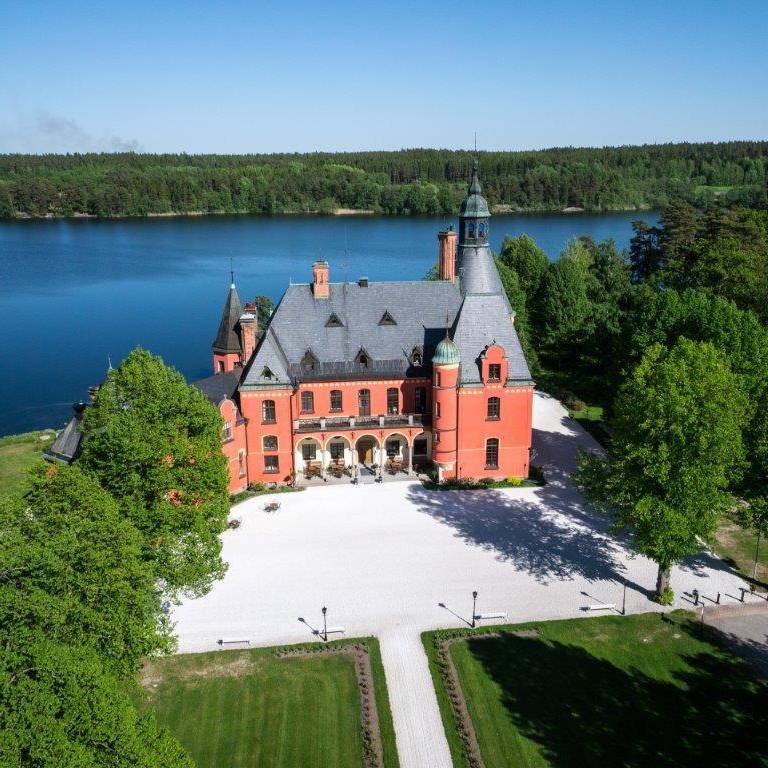Explore Stockholm’s green, urban oasis Royal Djurgården and its resident Rosendal Palace
Known as Stockholm’s “green lung,” Royal Djurgården is the world’s first national urban park. Ever since King Karl Knutsson acquired this extensive stretch of land in the 15th century, Djurgården has been administered by the monarchy.
Forming a 10-kilometre arc around the city, the varied terrain encompasses meadows, marshes, lakes and hills dotted with centuries-old oak trees. Creatures of all kinds thrive here, and you’re likely to come across deer, foxes, hares and rare bird species. For non-wildlife enthusiasts, Djurgården is home to major national attractions such as The Nordic Museum, Gröna Lund funfair and Skansen open-air museum.
Last but not least – you’ll also find Rosendal Palace in this lush wonderland. Designed by Swedish architect Fredrik Blom, the palace was completed in 1827 for Karl XIV Johan, and designed in Swedish Empire style, also known as Karl Johan style. Visitors are invited to explore this idyllic stately home, which was mainly used as a summer retreat, during the warmer months when guided tours are given.

View of Stockholm during autumn time. Photo: Jeppe Wikström/mediabank.visitstockholm.com

Djurgården is a part of the Royal National Citypark also known as The Ecopark. It is the first national citypark in the world and it includes 27 km2 of nature and cultural values. Photo: Ola Ericson/imagebank.sweden.se

Djurgården has been an oasis for leisure and recreation since Queen Kristinas days. Today it is one of Stockholms main attractions.Djurgården is a part of the Royal National Citypark also known as The Ecopark. It is the first national citypark in the world and it includes 27 km2 of nature and cultural values. Photo: Werner Nystrand/Folio/imagebank.sweden.se












